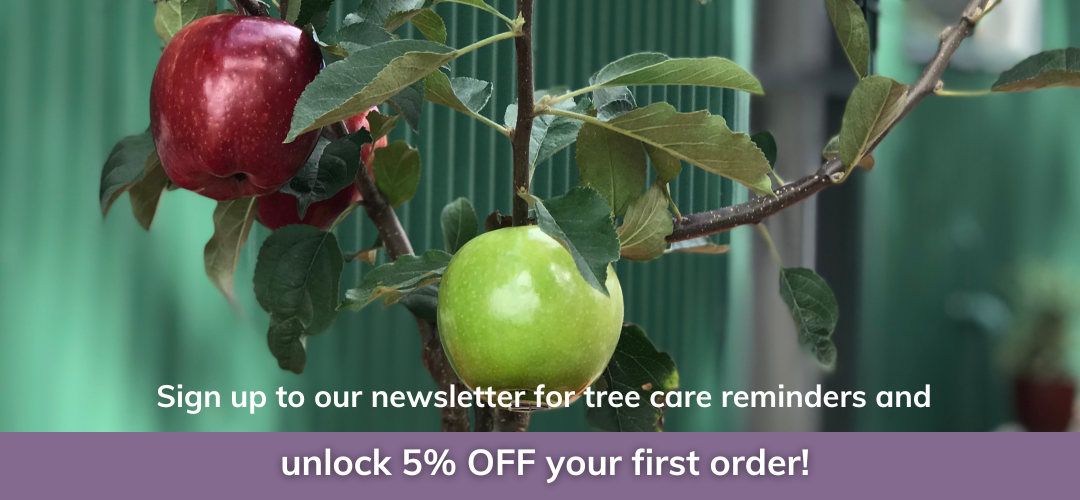



Citrus canker is a serious bacterial disease caused by the bacterium Xanthomonas citri subsp. citri. It commonly appears after heavy rain and high temperatures. It can be spread by wind and rain and can also be spread over longer distances by people moving infected plant material or equipment.
Plant Part: Leaves, fruit and stems
Season: Spring - Autumn
Symptoms: Infected plants have lesions that increase in size to 5-10 millimetres (mm) over several months. Eventually the lesions collapse forming a crater-like appearance. They become surrounded by characteristic yellow halos. The raised edges of the lesion may appear slimy. Plants with the disease may have sluggish growth and reduced fruit quality and quantity and will eventually die.
Control: No cure exists for citrus canker; disease management is the only way to control the disease. Citrus canker management involves the use of the timely applications of copper-containing products and windbreaks to hinder inoculum dispersal. Most infections occur in spring - early summer on oranges and three to four applications of copper-containing sprays at 3-week intervals should be sufficient to obtain relatively clean fruit. Grapefruit are susceptible to canker for a much longer period. Copper sprays should begin when the fruit is ¾ inch diameter and continue at 3 week intervals until fully grown for best results. Copper does not move from where it was applied, so as fruit and leaves grow, the new tissue does not have copper to protect it.
Preventative: Control methods above do not completely protect your tree, but will minimise the disease on your trees. If planting a new citrus tree, try to locate the tree in an area that is sheltered from the wind.
This disease is a great example of why you should keep a tidy garden – remove all garden waste correctly and keep your gardening tools clean. Garden waste comprises of leaves and fallen fruit, removing it (do not place diseased waste in your compost but dispose of it in your red bin) and freshening up your mulch regularly will prevent fungal and bacterial diseases taking hold.
When it comes to your secateurs and spades, sterilising them between trees will only take a minute by dipping your tools in either a watered down mixture of either eucalyptus oil or tea tree oil. When you have finished for the day, clean your tools in a watered-down solution of household bleach and dry your tools thoroughly before putting them away.
References: NT Government/Agriculture, NSW Department of Primary Industries, University of Florida, Department of Agriculture and our FST team.
Subscribe to our Care Reminder Newsletter for growing tips, care advice and current specials!
Welcome to Fruit Salad Trees!

We will send you all the tree care advice you need to grow different fruits on one tree and keep the whole household happy!
